Meet Leah Den Bok | Photographer, Public Speaker


We had the good fortune of connecting with Leah Den Bok and we’ve shared our conversation below.
Hi Leah, how does your business help the community?
From the time I first began photographing people experiencing homelessness and recording their stories at the age of 15, I have had two goals. My first goal is to humanize people experiencing homelessness. This is important because, so often, these people are viewed and treated as subhuman simply because they are unhoused. But what we are (i.e., persons) gives us value, not what we have (i.e., a house). My second goal is to shine a spotlight on their plight. This needs to be done because, on any given night in the US, there are more than 650,000 people experiencing homelessness. Mother Teresa was undoubtedly correct when she said, “The greatest disease in the West today is not TB or leprosy; it is being unwanted, unloved, and uncared for. We can cure physical diseases with medicine, but love is the only cure for loneliness, despair, and hopelessness.”
A recent blog written by Cassandra Sangiuliano for the Canadian Observatory on Homelessness says, “Through compassionate and ethical photography, we can transform perceptions, foster understanding, and drive meaningful change. Every image tells a story, and each story can ignite action.” Cassandra says in this blog that my photography is doing precisely these things. Speaking of my photography, she says, “Her work exemplifies how photography can be a tool for social change, transforming public perceptions and inspiring action to address the root causes of homelessness.” It is gratifying to know that I am achieving the goals I set for myself as a child of 15.
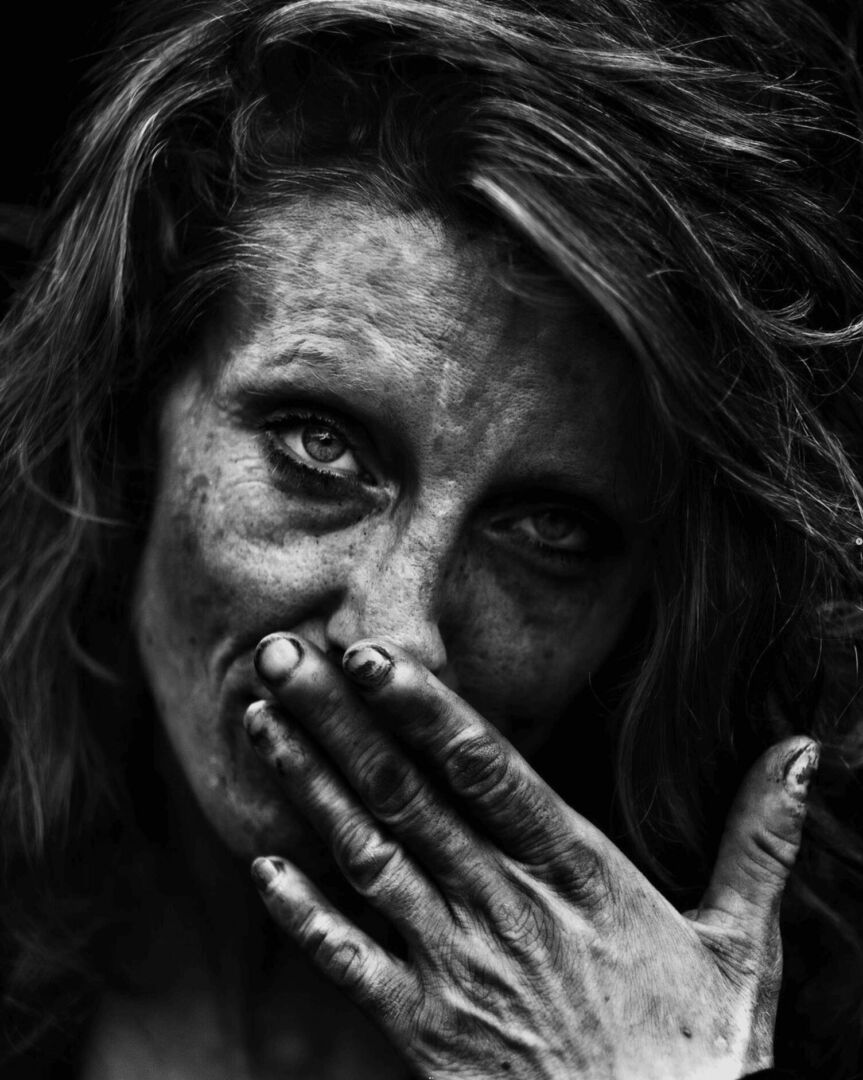
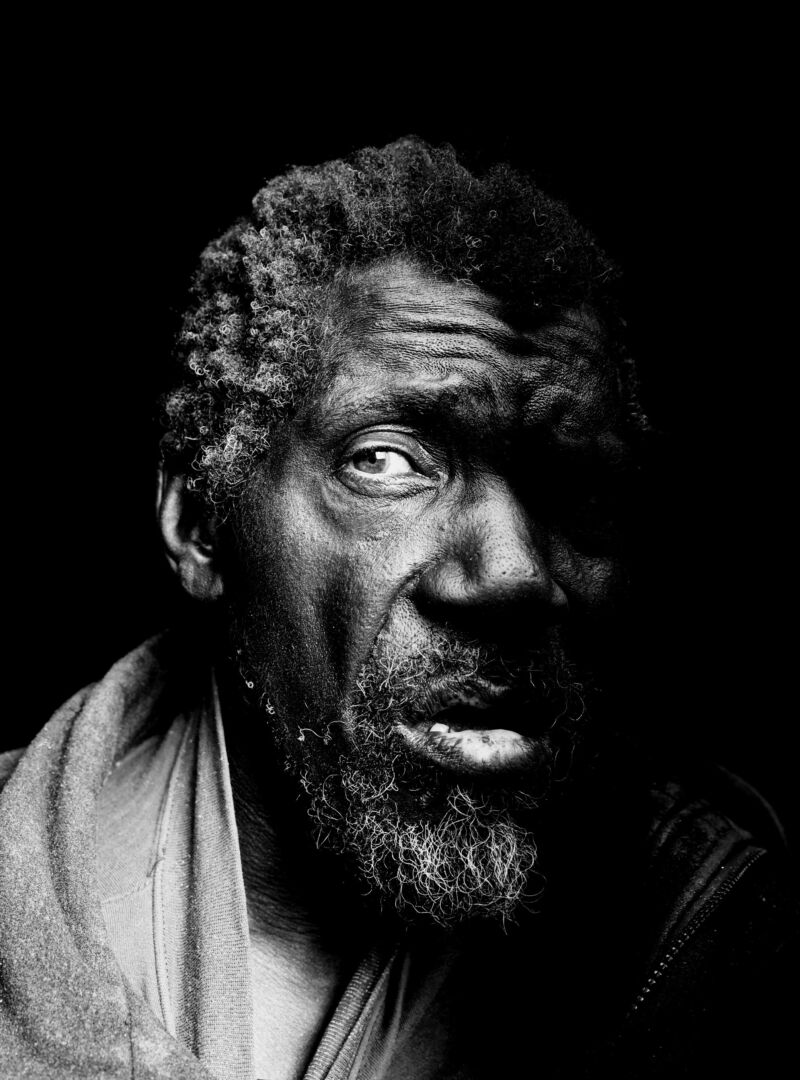
Can you open up a bit about your work and career? We’re big fans and we’d love for our community to learn more about your work.
I photograph people experiencing homelessness in black and white, with natural lighting and a black backdrop. I photograph in black and white and with natural lighting because doing so allows me to capture the harsh, gritty reality of living on the street in a way that photographing in colour cannot. The black backdrop helps eliminate distractions so that the viewer is confronted with nothing but the subject’s face. This photographing technique is how Cassandra, in the blog above, describes my work, “Leah’s unique approach involves using a plain backdrop, which isolates her subjects from their surroundings and compels viewers to focus solely on the individual. This technique strips away the distractions and stigma often associated with homelessness, encouraging people to see the person, not just their circumstances. By working predominantly in black and white, Leah further eliminates any visual distractions, drawing attention directly to the individuals’ faces. This method encourages viewers to engage with the person, making eye contact through the photograph—an interaction that might otherwise be uncomfortable.”
I think what I’m most proud of is the recognition I’ve received for my dignified portrayal of people experiencing homelessness. For example, in the aforementioned blog by the Canadian Observatory on Homelessness, Cassandra criticizes the way people experiencing homelessness are often portrayed in the media (e.g., sleeping on a bench, rummaging through a garbage can, etc.). These images, she says, “contribute to negative stereotypes by portraying them as public nuisances rather than community members in need of support.” However, she then says, “A notable example of impactful visual advocacy is the work of Canadian photographer Leah den Bok.” She goes on to compliment me for the “compassionate and ethical” way I portray people experiencing homelessness.
When my mother showed my work to one of the sisters with the Missionaries of Charity, the order founded by Mother Teresa, she said, “Leah is following in Mother Teresa’s footsteps.” Given the fact that I’ve taken a comment by Mother Teresa, that, “If you judge people, you have no time to love them,” as my motto, this was, needless to say, very encouraging.
Getting to where I am today was not easy. I’m a firm believer in Malcolm Gladwell’s Ten-Thousand-Hour rule, according to which the way to achieving any skill is by practicing for at least 10,000 hours. Since I first picked up a camera at the age of 12, I have done the required work honing my skill. But, although this wasn’t easy, it was necessary.
One challenge I’ve experienced, especially in the first couple years of my project, was accusations that I was exploiting people experiencing homelessness. This was despite the fact that I always get their written consent and pay them for their time. When I talked about this with my mentor, Joel Sartore, a National Geographic photographer and Fellow, he said to just ignore these critics. “There will always be haters,” he told me.
An important lesson I’ve learned is to not give up. There have been several times I’ve almost quit, especially at the beginning. But, fortunately, I persevered.
To follow Humanizing The Homeless
www.humanizingthehomeless.org
@humanizing_the_homeless

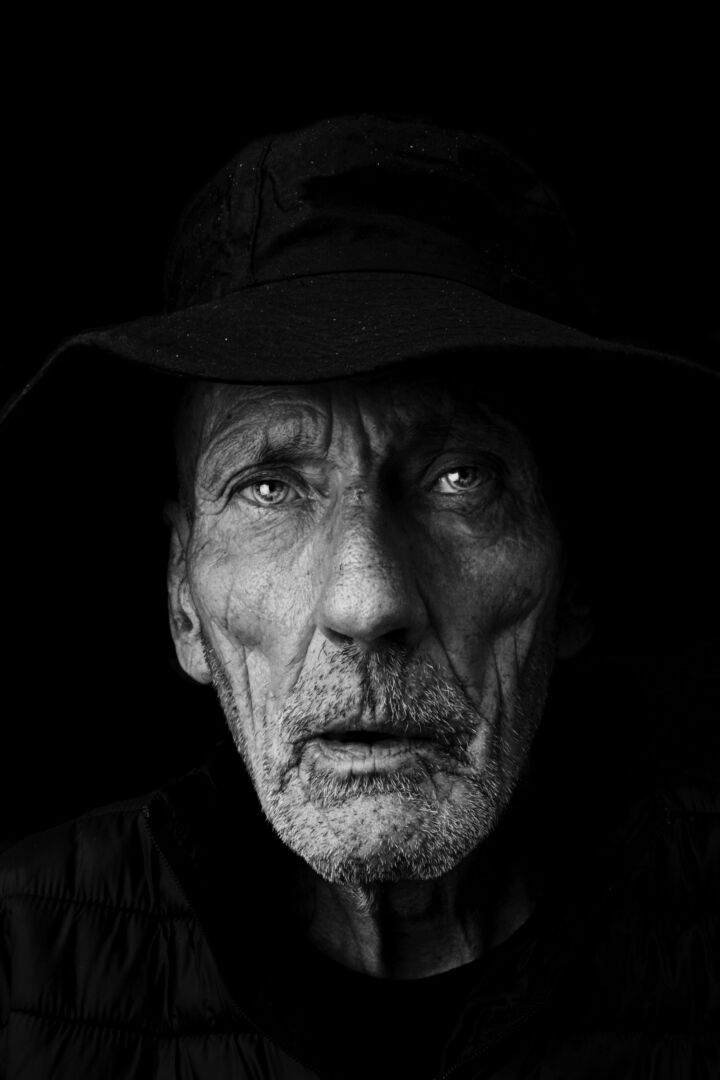
Let’s say your best friend was visiting the area and you wanted to show them the best time ever. Where would you take them? Give us a little itinerary – say it was a week long trip, where would you eat, drink, visit, hang out, etc.
I currently have an exhibition of ten of my portraits and stories from my Humanizing The Homeless series on display at the Edith O’Donnell Arts and Technology Building (ATC), located at 800 W Campbell Rd #3021, Richardson, TX 75080, United States, at the University of Texas at Dallas. The exhibition runs until September 30th, 2024.
My contribution includes ten photographs and stories in collaboration with other artists. Willie Baronet, an artist and professor, has been purchasing homeless signs since 1993—amassing over 1,800 signs—which he uses to create powerful installations to raise awareness about homelessness. His installation, showcasing these signs from the homeless community, is exhibited alongside my work.
This exhibition also collaborates with Jonathan Palant, Associate Dean of the Arts and Director of Choral Activities at the University of Texas at Dallas. He is the founder and conductor of Credo, a 115-member community choir, and the Dallas Street Choir, a musical outlet for those experiencing homelessness. The Dallas Street Choir performed at the opening, making it a profoundly moving and powerful event.
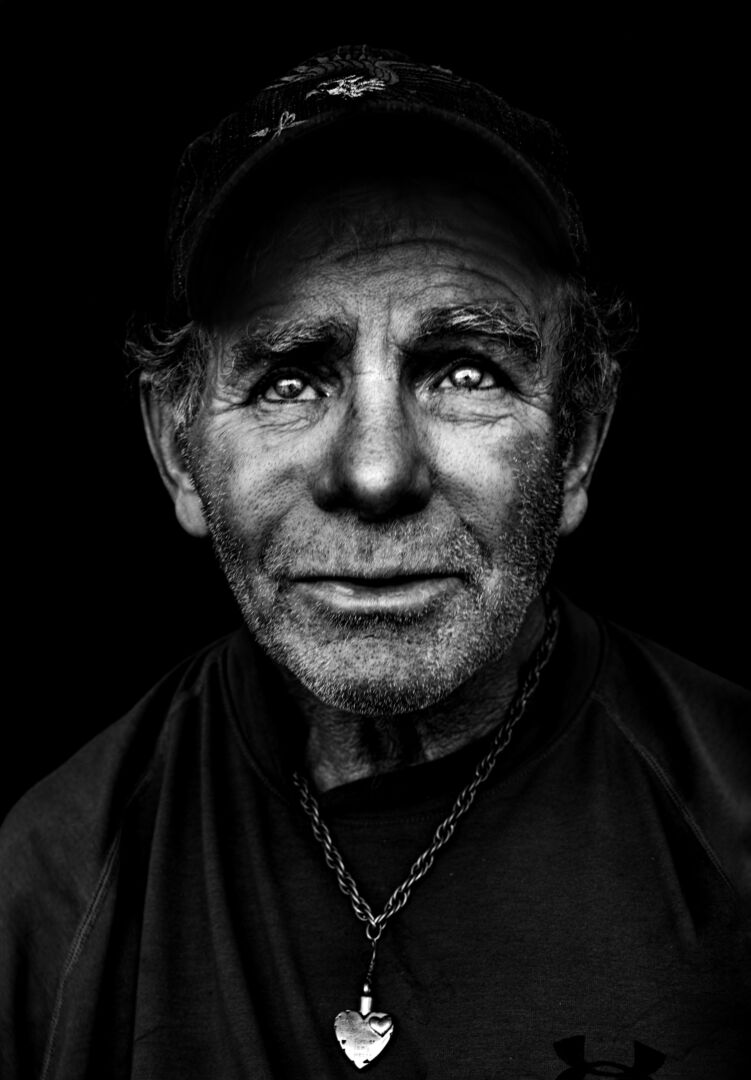
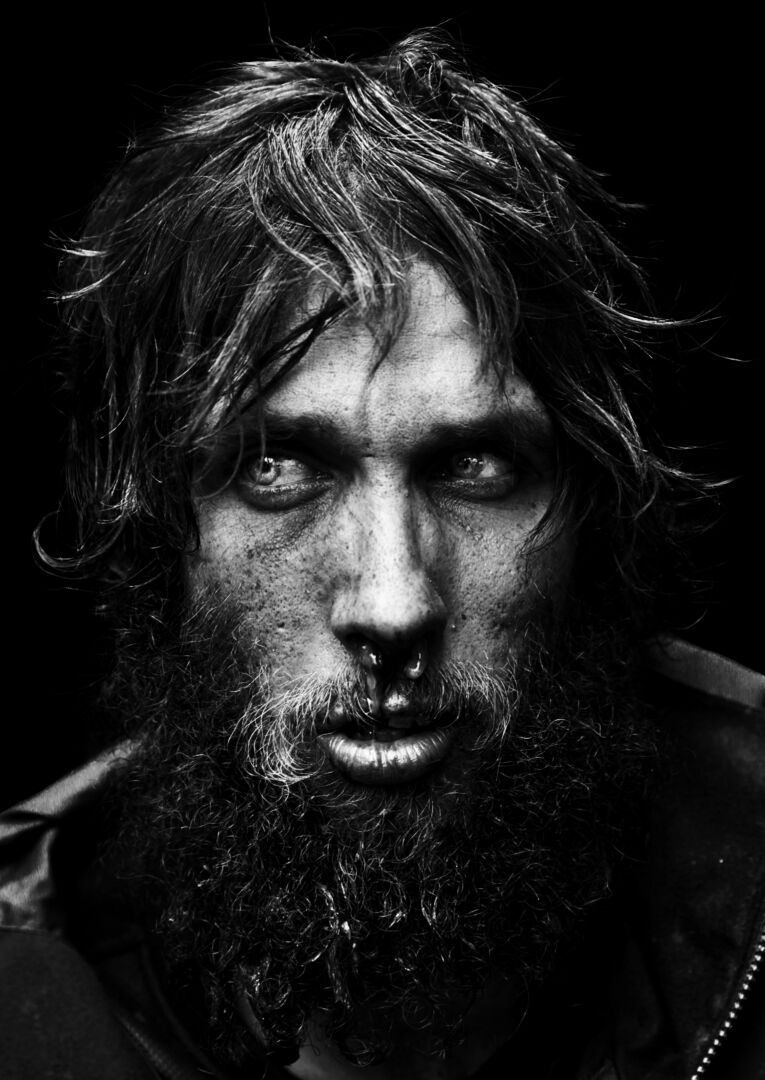
Shoutout is all about shouting out others who you feel deserve additional recognition and exposure. Who would you like to shoutout?
I want to dedicate my shoutout to my mother, Sara. Her story influenced me to photograph people experiencing homelessness in part. As a front-page story of the Toronto Star said, she was ‘Saved—By Mother Teresa.’ My mother was just three years old when, abandoned, traumatized, and bleeding from numerous lacerations, she was rescued from the poor streets of Kolkata, India, by a kindly police officer who took her to Mother Teresa’s orphanage, Nirmala Shishu Bhavan. There, she was raised by this modern-day saint until a family from Ontario, Canada, adopted her. If not for Mother Teresa’s love for the “poorest of the poor,” my mother would likely have died from malnourishment or disease. In this case, I would, obviously, never have been born.
Website: https://www.humanizingthehomeless.org
Instagram: https://www.instagram.com/humanizing_the_homeless/
Linkedin: https://www.linkedin.com/in/leah-denbok/
Twitter: https://x.com/HTH_Photos
Facebook: https://www.facebook.com/humanizingthehomelessofficial/
Youtube: https://www.youtube.com/@humanizingthehomeless
Other: I have a book series titled Nowhere To Call Home: Photographs and Stories of People Experiencing Homelessness. The series comprises four volumes, each featuring 40-50 powerful photographs and personal stories. If you want to purchase a book or support my project, please get in touch with me at leahdenbok@gmail.com.
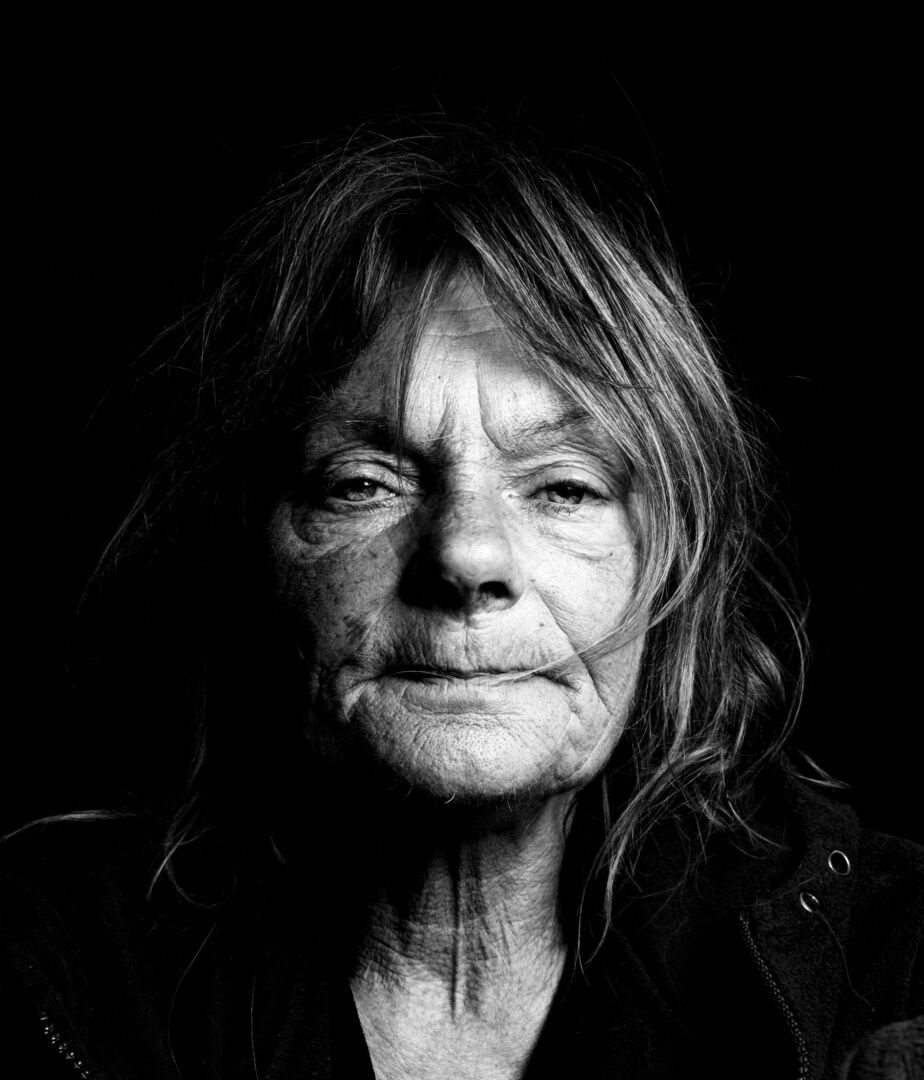
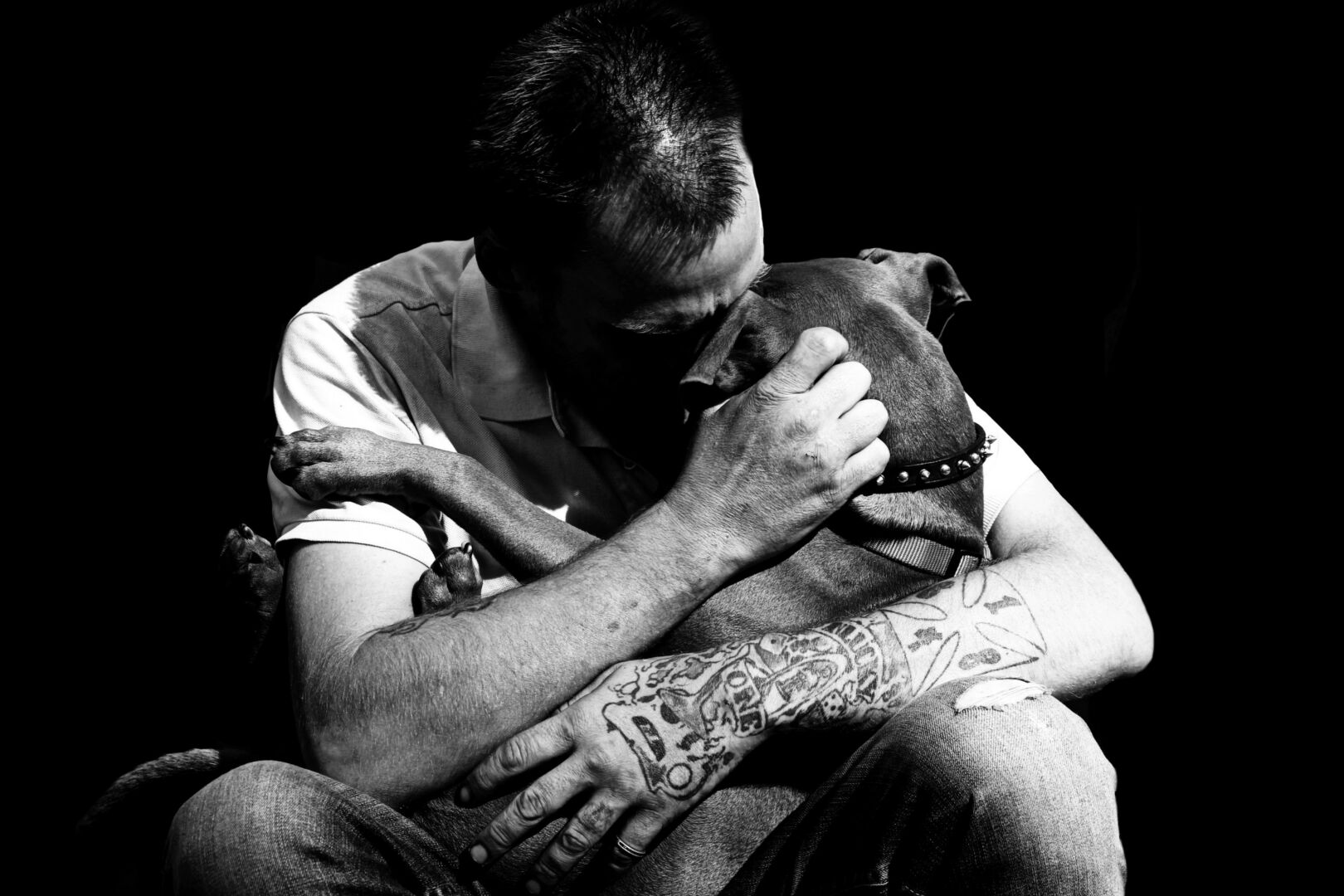
Image Credits
Leah den Bok took all these photographs for her project, Humanizing The Homeless.
